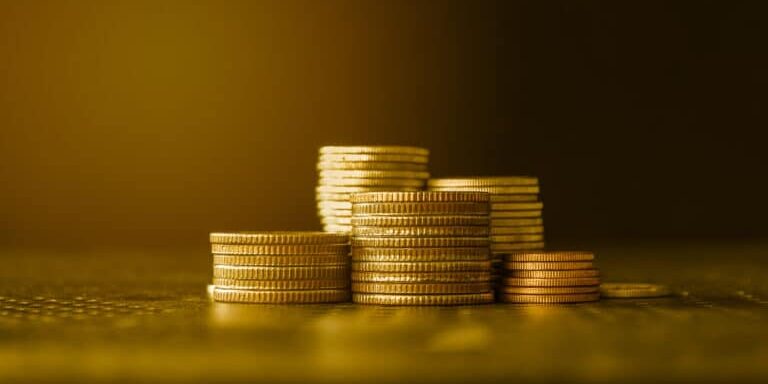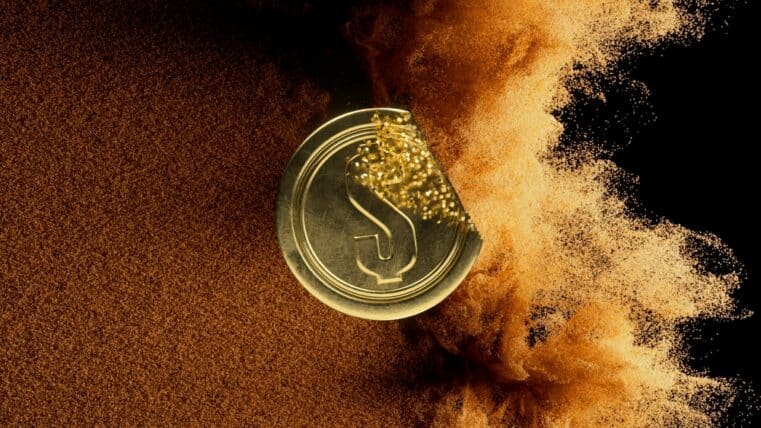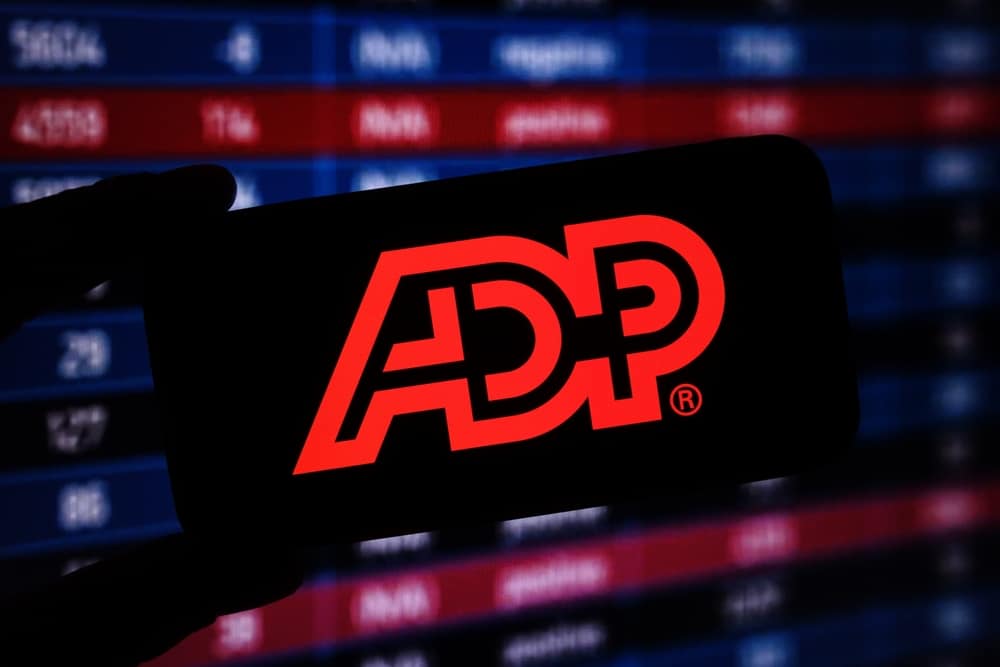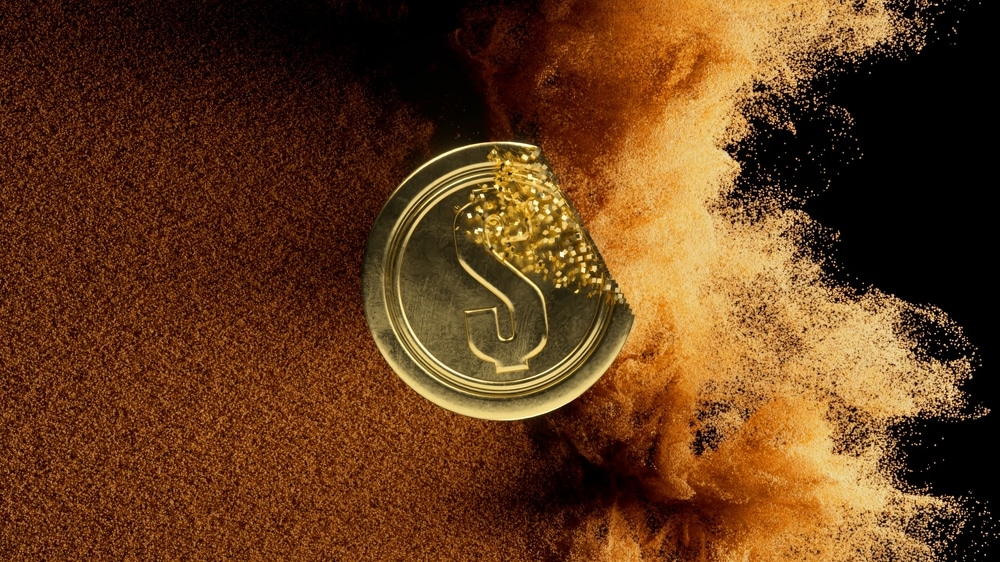
Gold's Resilience Amidst Rising Bond Yields Sparks Intrigue in Market Dynamics
EDITOR'S NOTE: In the face of intensifying selling pressure and the ascent of U.S. 10-year bond yields to their loftiest level since 2007, the gold market maintains a surprising degree of resilience. While soaring bond yields typically cast a pall over gold, increasing its opportunity costs as a non-yielding asset, gold prices are tenaciously holding critical support. At $1,926.20 an ounce, December gold futures show a 0.12% uptick. This uncharacteristic divergence between gold and bonds is attributed to the rejuvenated allure of physical gold and silver, as the steady hum of interest in precious metals collides with the reduction in market volatility. Amidst the intrigue of these unfolding dynamics, market pundits speculate on whether gold's current strength will persist, particularly in a scenario where the Federal Reserve alters its interest rate trajectory, or the bond market's plumbing issues incite a drastic reshuffling of correlations.
Despite the recent selling pressure, analysts note that the gold market is holding up remarkably well, given that bond yields have risen to a fresh 15-year high.
Overnight, the yield on U.S. 10-year bonds pushed to 4.36%, its highest level since late 2007. Analysts note that the rise in bond yields is negative for gold as it increases the precious metal’s opportunity costs as a non-yielding asset.
Despite the bond yields, gold prices have managed to hold critical support. December gold futures last traded at $1,926.20 an ounce, up 0.12% on the day.
Some analysts have said that gold could benefit significantly if those rising bond yields indicate a crisis of confidence in U.S. debt. However, many analysts have noted that the weakness in U.S. bonds appears orderly and a natural reaction as the Federal Reserve is expected to maintain its aggressive interest rate hikes.
Nicky Shiels, metals strategist at MKS PAMP, noted that the correlation breakdown between gold and bonds could be the result of low market volatility as interest in physical gold and silver picks up.
“Physical interest in Gold has kicked up considerably across various hubs at a time that fast money is running rather short,” she said. “Liquidity, or lack thereof, is compounding general August moves more so than in the past. It’s tough to convincingly read into short-term reactions in a month where volumes are light for any reliable signal, and vols across most asset classes are low. There‘s (justified) concerns over liquidity issues (“the plumbing”) of the Treasury market – the MOVE index (VIX of Bonds) has already started to rear up. Any negative US$/US-rate market catalyst will accelerate the breaking of traditional correlations (already occurring) and sharply higher prices (which explains the recent bid).”
Other analysts note that gold could continue to benefit from the growing market perception that the Federal Reserve is done raising interest rates. According to the CME FedWatch Tool, markets see a 85% chance that the central bank will keep rates unchanged next month. Markets see a roughly 50/50 chance of one more rate hike before the end of the year.
Some analysts have said that although yields can move higher in the near-term, an end to the central bank’s tightening cycle should eventually cap them.
“While gold is holding solid support, what will really move prices is when the Fed stops tightening before they get inflation under control,” said Adrian Day, President of Adrian Day Asset Management. “Because of its debt and the threat of a recession, the U.S. could be on the cusp of a bond market crisis, but that won’t happen overnight just yet.”
Ole Hansen, head of commodity strategy at Saxo Bank, said the gold market could be attracting some support as uncertainty continues to dominate financial markets.
“Despite these major headwinds, not least surging real yields, gold is showing signs of stabilizing with the recent bid being supported by a softer dollar and rising silver prices amid higher industrial metal prices on continued speculation China will have to do more stimulus,” Hansen said in a note on Tuesday. “In addition, investors may also be contemplating the risk of Powell doing a 180 in his speech on Friday at Jackson Hole, basically saying the Fed is done. While it's very unlikely, the risk of such a move could be enough to sway a few short positions.”
Originally published by Neils Christensen at Kitco










